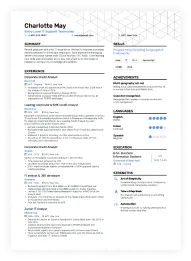Understanding Resume and Cover Letter Presentation
Your resume and cover letter are your initial introduction to potential employers, making the presentation of these documents critically important. The way you choose to attach these documents, whether through stapling or paperclipping (or even other methods), can subtly influence the impression you make. While the content of your resume and cover letter are undoubtedly the most significant factors, the physical presentation contributes to the overall professional image you convey. It reflects your attention to detail, organization skills, and understanding of professional etiquette. This seemingly small decision can speak volumes about your preparedness and commitment to the application process. Understanding the nuances of these presentation choices can help you stand out positively.
The Significance of Professional Appearance
Professional appearance extends beyond just what you wear; it encompasses every aspect of your job application. The visual presentation of your resume and cover letter plays a pivotal role in this. A well-organized and neat document, with a clear and consistent layout, instantly signals professionalism. It shows that you care about the details and are committed to presenting your best self. Small elements like the quality of the paper, the font choices, and even how the documents are attached together contribute to this professional image. Maintaining a polished presentation demonstrates respect for the hiring manager and the company you are applying to. This attention to detail can significantly improve your chances of securing an interview.
Impact of First Impressions on Recruiters
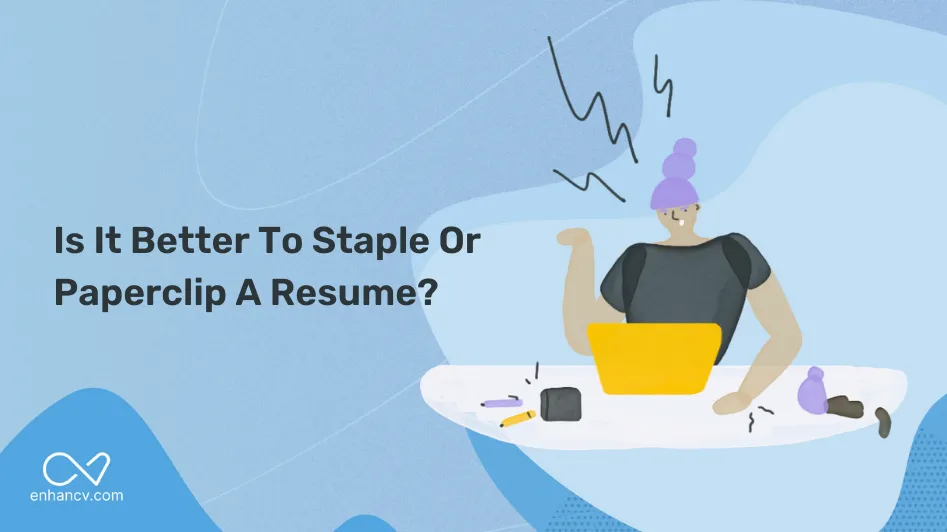
Recruiters often make initial judgments within seconds of reviewing your application. The first impression, both visually and in terms of content, sets the tone for the rest of the evaluation process. A poorly presented resume or cover letter can create a negative first impression, even if the content is strong. Recruiters look for signs of professionalism, organization, and attention to detail. Therefore, the attachment method, whether you choose to staple, paperclip, or adopt another technique, is a part of this initial assessment. A meticulously prepared application package indicates that you are serious about the opportunity and have taken the time to present yourself professionally. This positive first impression can encourage the recruiter to delve deeper into your qualifications and increase your chances of getting the coveted interview.
Stapling Your Resume & Cover Letter
Stapling is a common method for attaching a resume and cover letter, especially when sending hard copies. It provides a secure and permanent bond, ensuring that your documents stay together during handling and mailing. The standard approach is to staple the documents in the top left corner. However, the appropriateness of stapling varies based on context and the recipient’s preferences. It’s essential to consider the overall impression that stapling conveys, as it can sometimes appear more formal and less flexible compared to other methods. This traditional approach suits situations where the documents must remain together and be handled frequently.
Pros of Stapling Documents
Stapling offers a strong and secure attachment, making sure that your resume and cover letter do not get separated easily. This method is excellent for situations where you need a permanent and reliable bond. The documents remain together, regardless of handling or movement. Furthermore, stapling conveys a traditional and formal tone, which might be fitting for specific industries or companies where formality is valued. It’s a straightforward, easy-to-execute method that requires no additional supplies beyond a standard stapler. The simplicity of stapling helps maintain a clean presentation without any added complexity.
Cons of Stapling Documents
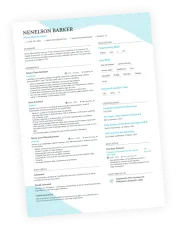
Once stapled, the documents are difficult to separate or reorganize without damaging them. This lack of flexibility is a significant drawback if a recruiter wants to make copies or shuffle the documents. It can be perceived as less modern or less adaptable compared to paperclipping. If the recruiter needs to scan the documents, the staple might cause issues, leading to delays or needing to restaple after scanning. The staple itself could potentially tear the paper if not handled with care. In some instances, stapling can also appear less polished or even a bit outdated, especially when compared to paperclipping or digital submissions.
Paperclipping Your Resume & Cover Letter
Paperclipping provides a more flexible and modern alternative to stapling. It involves using a small clip to attach the documents in the top left corner. The main advantage of paperclipping is the ability to separate the documents easily. This allows the recruiter to make copies or review individual pages as needed. Paperclipping can also convey a sense of approachability and adaptability. When done correctly, it provides a clean and professional presentation, suitable for a variety of application scenarios. This option often aligns well with contemporary office practices and is generally perceived positively.
Pros of Using Paperclips
Paperclipping offers easy separation, which is beneficial for recruiters who may need to copy, scan, or distribute your documents to multiple individuals. The method conveys a sense of flexibility and adaptability, which is well-regarded in many modern workplaces. It allows for straightforward adjustments or additions without causing damage to the documents. Moreover, paperclipping often presents a more contemporary and less rigid impression. It is a practical and simple choice that does not require special tools or materials, besides the paperclip itself. It can also prevent the issues that staples can cause during scanning or other document handling processes.
Cons of Using Paperclips
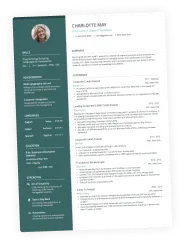
The primary downside is the potential for documents to become separated if the paperclip is accidentally dislodged or if the documents are handled roughly. Paperclips, especially large or ornate ones, can sometimes appear less professional. It might be seen as a less secure attachment method than stapling. In certain formal settings, the casual appearance of a paperclip might not align with expectations. The attachment isn’t as permanent as a staple, which may be a concern in situations where the documents need to remain together throughout the entire review process. You need to handle the documents with care to prevent the clip from catching on other items.
Alternative Attachment Methods
In addition to staples and paperclips, there are alternative ways to attach your resume and cover letter. These methods can be suitable depending on the situation. It’s essential to select a method that ensures the documents remain together, are easy to handle, and align with a professional appearance. Consider the potential recipient and the nature of the job application. The goal is always to maintain a neat, organized, and professional presentation that supports your qualifications.
Using Rubber Bands
Rubber bands can be an option, especially for large application packets or when you are submitting several documents together. The rubber band should be neatly placed around the documents to ensure they stay together. This method is functional, but its use is best reserved for specific contexts where the size of the documents demands a more robust binding solution. The key here is to ensure that the presentation remains neat and professional. A bulky rubber band might appear less polished. If you are going to use rubber bands, make sure that they are in good shape, and that you apply them carefully, so as not to damage the documents.
Using Binder Clips
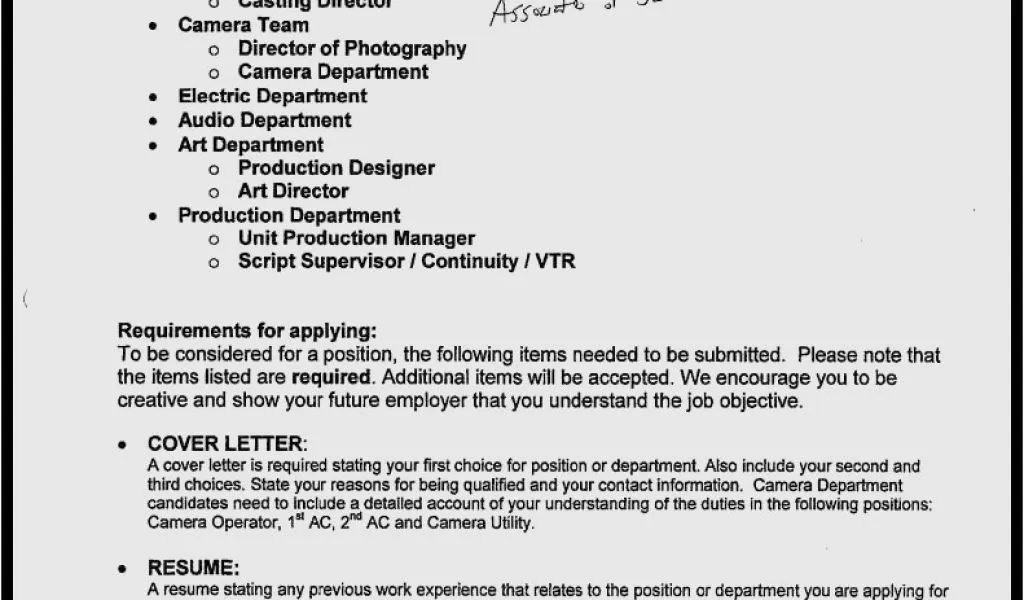
Binder clips offer a more secure and visually organized method for keeping your documents together. They are suitable for documents with a significant number of pages. When using a binder clip, ensure it is positioned neatly in the top left corner. This method is more formal and robust than paperclips, but less permanent than stapling. Binder clips are also useful if you are including additional materials with your resume and cover letter, such as writing samples. Make sure that the binder clip you are using is not too big. Use the right size for the job.
Digital Submissions Considerations
When submitting your resume and cover letter digitally, attachment methods are irrelevant, but file formats become the priority. Ensure your documents are in a format that is widely compatible, such as PDF. This guarantees that your formatting remains consistent across all devices. If the job posting requests a specific format, adhere to it strictly. The file name should be professional and include your name and the document type, such as “JohnDoe_Resume.pdf” or “JohnDoe_CoverLetter.pdf.” Digital submissions also require a clear understanding of email attachment guidelines. Always check for any specific instructions the company might provide regarding file formats or email etiquette to ensure your application aligns with their preferences.
File Formats for Digital Resumes
PDF (Portable Document Format) is the standard for digital resumes. It preserves the formatting of your document regardless of the recipient’s operating system or software. PDFs are easily opened on any device, ensuring that your resume and cover letter appear as intended. Microsoft Word (.doc or .docx) can be used, but it’s essential to ensure the recipient has compatible software. Always save your document as a PDF if possible. This prevents the formatting from shifting and maintains the professional layout of your resume. Double-check that all formatting is correct before sending, particularly if using a format other than PDF.
Attachment Guidelines for Emails
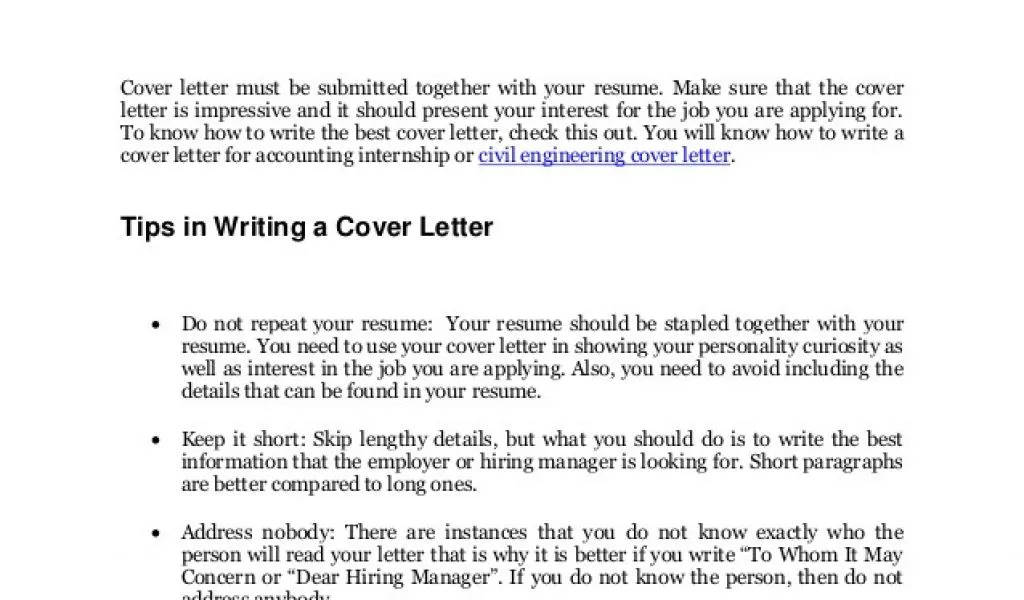
When attaching documents to an email, always include a brief and professional subject line, such as “Application for [Job Title] – Your Name.” In the body of the email, write a short, polite message that refers to the attached documents. Avoid any informal language or casual greetings. Always ensure that your attachments are virus-free. Double-check that you have included all required documents before sending the email. Follow any specific instructions the job posting provides to ensure your application is formatted and presented correctly. Proofread the email carefully to catch any grammatical errors or typos before sending.
Best Practices for Different Scenarios
The ideal method for attaching your resume and cover letter often depends on the specific context of your application. Consider whether you are submitting a hard copy or a digital version, the formality of the company or industry, and any specific instructions provided by the employer. Choosing the appropriate method ensures you are conveying the professional image you intend to, demonstrating attention to detail, and respecting the preferences of the recipient.
When to Staple Your Documents
Stapling is most suitable for printed hard copies. This method is reliable for situations where you need to ensure the documents remain together. It is a safe bet if the company’s preferences are unknown. Stapling generally conveys a sense of formality and permanence, making it appropriate for more traditional industries or companies. However, be mindful of potential drawbacks, such as the inability to easily make copies or to allow for easy separation by the recipient.
When to Use Paperclips
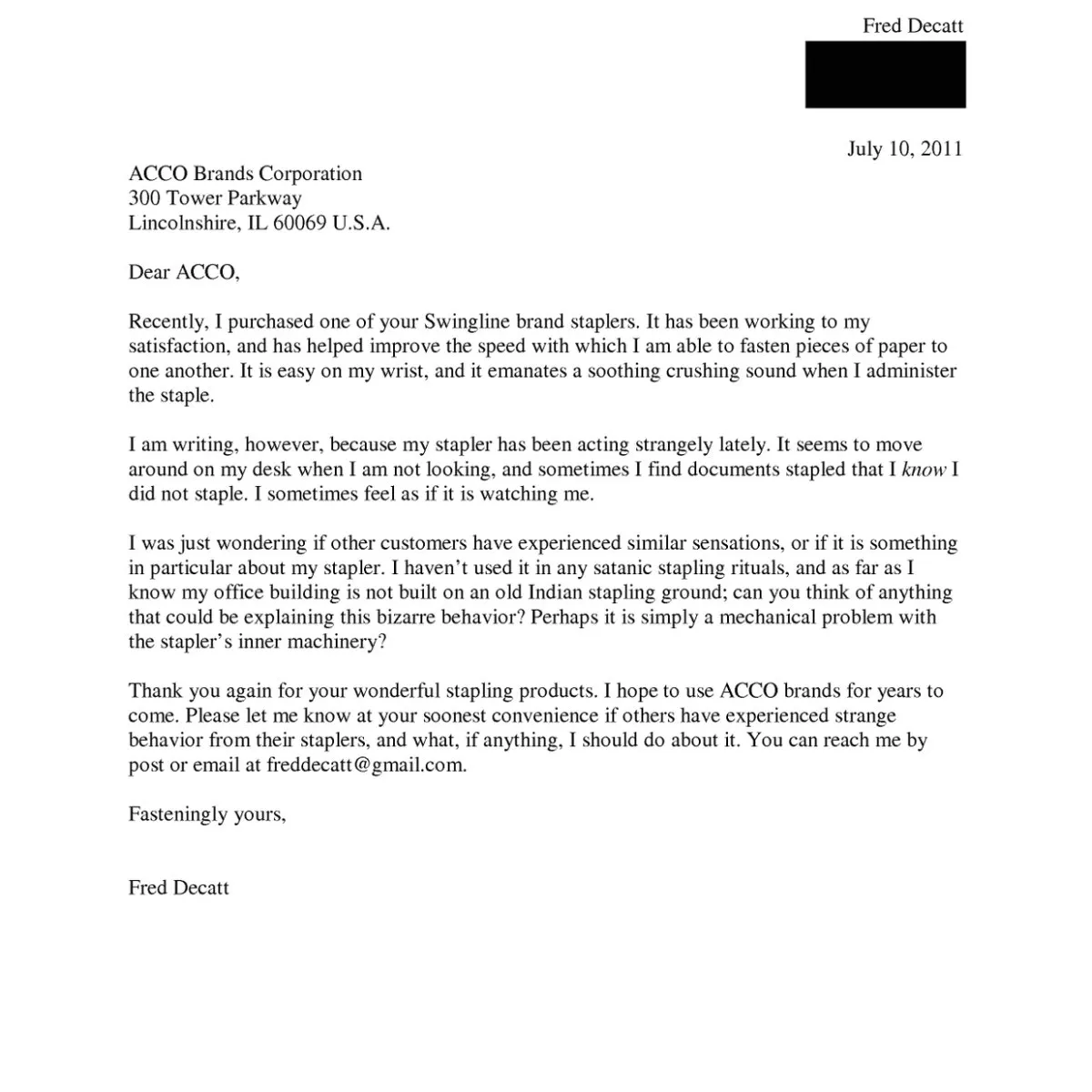
Paperclips offer flexibility and modernity, making them ideal for applications where the documents might need to be separated or copied. They are a safe choice for most business contexts, projecting a professional yet approachable image. Consider using a paperclip if you know the recipient might want to scan or share your documents. Paperclipping ensures easy access to your documents. It’s a versatile approach for contemporary job applications, particularly in creative industries. They are suitable if the instructions don’t specify another method.
Situations to Avoid Stapling or Clipping
Avoid stapling or clipping documents if the employer explicitly requests a specific method, like sending digital files only. Refrain from using staples or paperclips when submitting through online application portals or via email where attachments are the primary method. Always prioritize the employer’s instructions. In scenarios where you anticipate that the recruiter will need to make extensive copies, paperclipping may be better, or avoid attachment altogether if they receive it electronically. If unsure, digital submissions in PDF format are often the safest and most versatile option.
Final Thoughts
The choice to staple or paperclip your resume and cover letter, while seemingly minor, contributes to the overall professionalism of your application. By understanding the pros and cons of each method, and by considering the context of your application, you can make an informed decision that aligns with best practices. Regardless of your choice, the goal remains to present your credentials in the most favorable light, capturing the attention of potential employers and increasing your chances of landing that interview. Attention to detail in these areas demonstrates to recruiters that you care about presenting your best self. It’s these small decisions that often make a big impact.
